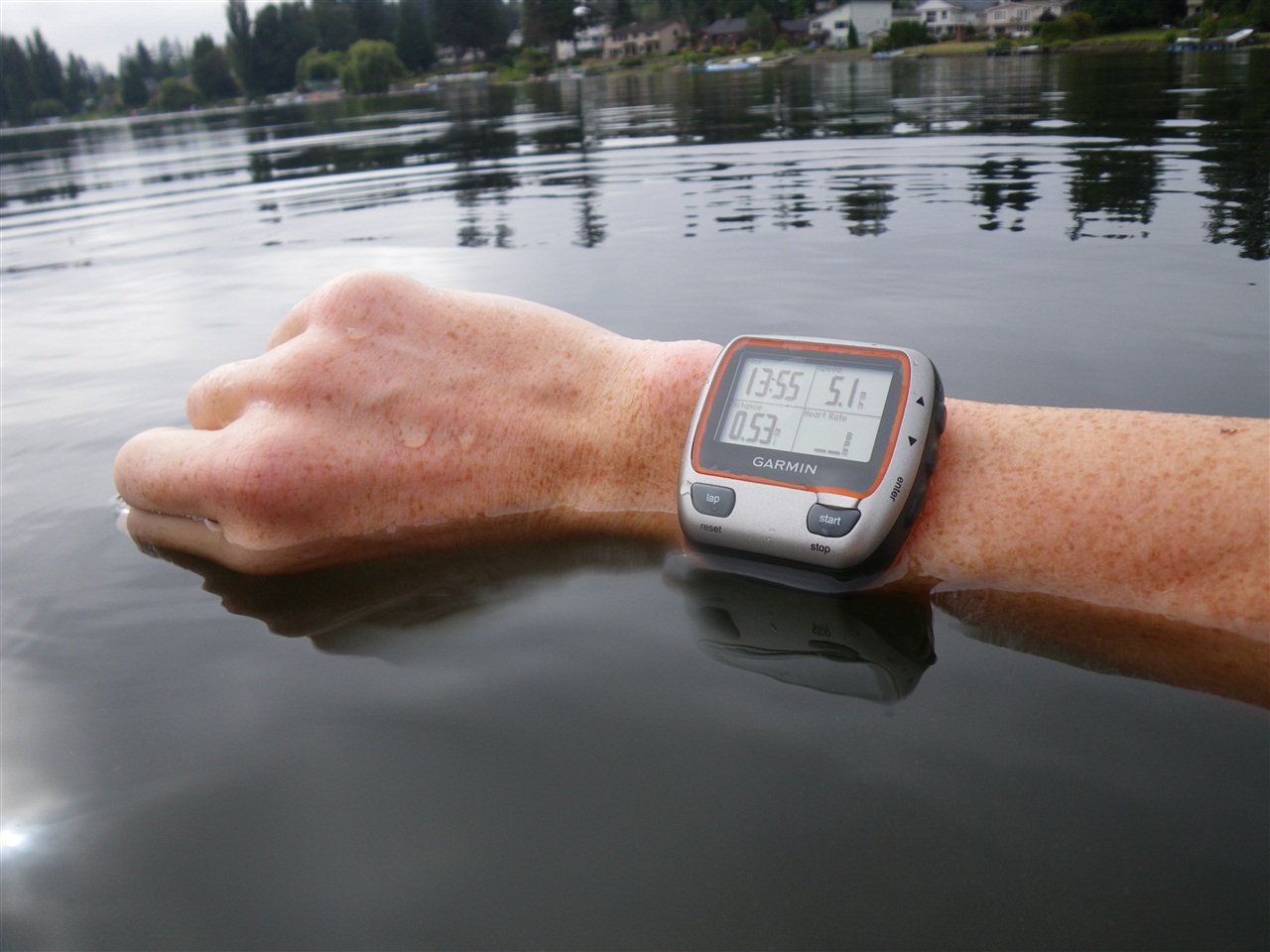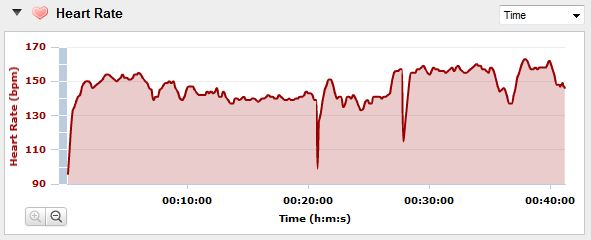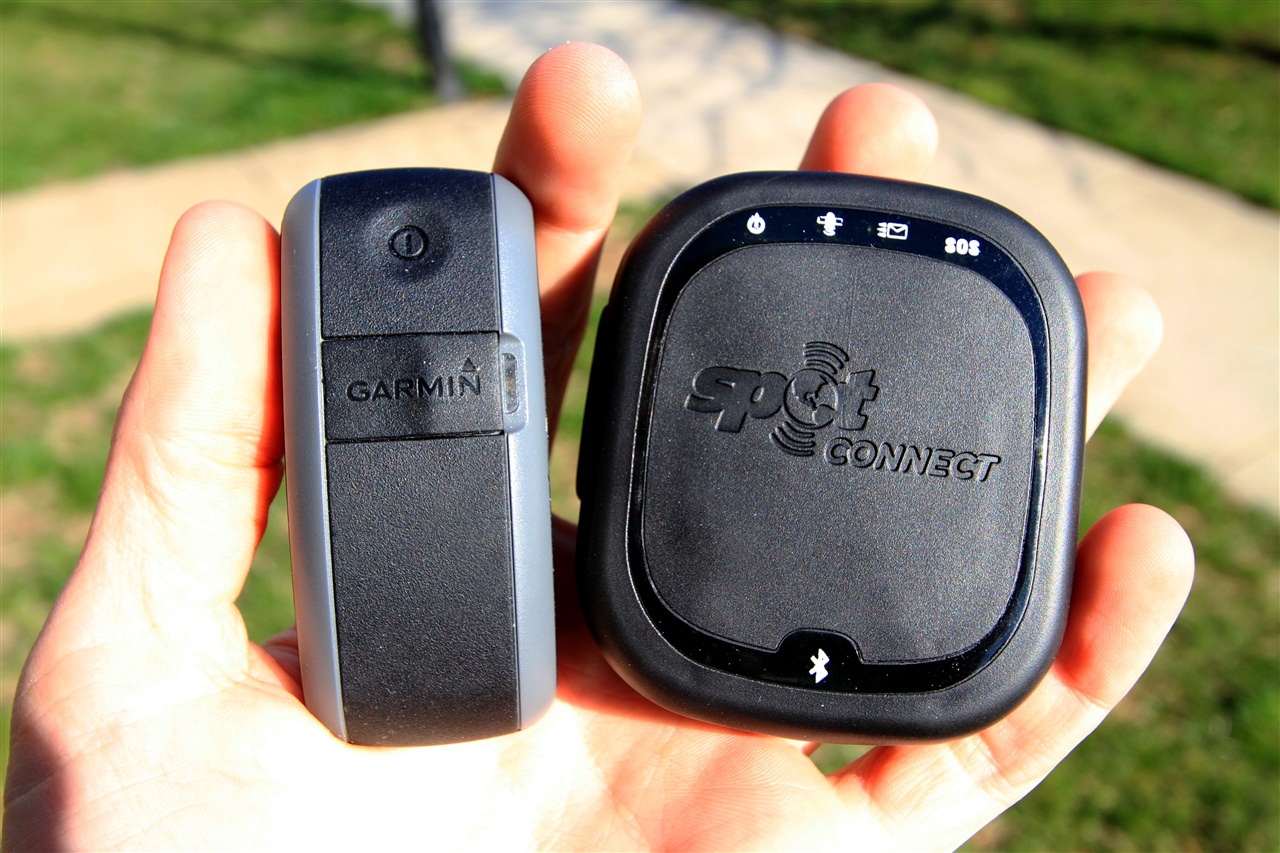Ray’s Weekly Sports Electronics Mailbag
Hello, welcome to the Weekly Mailbag. I'm Ray, from DCRainmaker. com. If you've ever searched for reviews on sports technology – you've probably come across my site. I write about my triathlon/running training in general, along with sports technology and whatever else seems interesting to me. I started the Weekly Mailbag series earlier this spring as an opportunity to share some of the answers of the many e-mailed questions I get each week.
If you enjoy what you find here, then feel free to click the links to find even more in depth information on each topic. And if you have any questions, you can always e-mail me directly. Thanks for reading!
1) Is Edge 500 reliable with PowerTap?
2) Garmin FR310XT and where to wear it during swim
3) Training with Heart Rate Resources
Question #1: Is Edge 500 reliable with PowerTap?
From Aaron-
"I currently have a PT SL+ and a Joule 2.0. I race road, CX and MTB and the Joule is of substantially less value to me on CX bike (because I use tubulars laced to standard hubs) and the MTB for obvious reasons [No PT hub for it]. So I've been pondering a Garmin Edge 500 to replace the Joule as my one bike computer for all my bikes; more than anything I think the Garmin could give me a lot of cool GPS data from the MTB and overlaying GPS and power data on the road bike would be a real bonus also. My real question is have you experienced/heard anything negative in terms of the stability of the Edge to PT connection? I'd previously read enough negative things about the Edge 705 to PT stability (dropping out in the middle of a ride, losing power data before it can be downloaded to a computer) to make me opt for the Joule originally but I wonder now if the 500 is more stable and worthy of being my only bike computer/PT head unit."
One of the reasons the Edge 500 is so popular is simply due to the versatility of it. As you mentioned, if you've got multiple bikes it's very easy to swap it between bikes using the quarter turn mount system. Even more so since a box of the mounts cost $9, and are just rubber banded on (industrial strength). And the addition of GPS gives many folks an interesting way of looking at their location data afterwards.
That said, as you noted, the older Edge 705 did have a long and storied history with power meter dropouts, one that took more firmware revisions than most users wanted to get solved. The Edge 500 though was largely different. Sure, like most computing devices it had a few growing pains the first couple of months – but for the most part it worked well right from day 1. Since then there has been multiple firmware updates and none of them have introduced power meter dropouts.
I tend to watch source like the Wattage Forum/Group and the Garmin Forums for good trending of issues. But at the same time, one has to counter and be aware that a handful of isolated cases doesn't always mean an issue for everyone. Sometimes things like power dropouts are simply caused by failed transmission, not failed reception. For example, in the first generation Quarq Cinqo's the electronics pod wasn't quite powerful enough and would on occasion for some users cause dropouts. Many initially blamed the Garmin's, but in the end it wasn't their fault. It should be noted that this has long since been fixed on the Cinqo PM's.

Question #2: Garmin FR310XT and where to wear it during swim
From Jack-
"At the Annapolis sprint tri recently, my FR310XT sadly went to sleep with the fishes in the bay. Do you know if Garmin has a replacement policy to buy them cheaper? Any suggestions on how to keep this from happening next time? I believe Garmin should put some flotation in them, but I guess that won't happen."
They don't have a direct policy per se, though some folks have had success getting a replacement sent out in similar cases – but that is far from the norm in this situation. In general I don't recommend using the FR310XT on your wrist in a race situation. The reason is as you found unfortunately, the band/strap is fairly sensitive to getting whacked, and the pins in it aren't nearly as strong as one would hope. There have been a few recent changes in the quick release kit, as well as improvements over the past 2 years in the regular band pins, but I myself wouldn't be comfortable in a race situation leaving it on my wrist. My level of comfort my rise slightly if you could keep it fully encased under your wetsuit sleeve.
The other issue with wearing it on your wrist is the value of the data. While Garmin did introduce the Openwater Swim Mode (almost to the day a year ago), its accuracy is still questionable in many cases. Thus, if the data isn't of use, why risk it?
For those that are looking for swim location data, I generally recommend the swimcap method, which while still not completely without potential for loss, is generally better in my opinion. Plus, once you get the hang of placement, you can create some rather pretty GPS maps.
And just for those who are curious, what do I wear during the swim? Either a cheap and simple $15 waterproof watch from Wal-Mart, or my Garmin FR60 (which is fully waterproofed), I just use it to keep overall race time.

Question #3: Training with Heart Rate Resources
From Drew-
"I was wondering, have you written a guide for using heart rate feedback in training, in general or specifically with respect to the Garmin heart rate monitor function? Or if not, do you have any guides that you would recommend? I'm finding conflicting info online about what zones are for what activities and where I should be training."
Hi Drew. I have not at this time written anything on training with heart rate, despite being the primary way I train for bike and run (on the bike I also use power as a secondary metric). As you've found there is literally mountain ranges full of information out there – much of it of questionable value. Here's a few resources that have stood the test of time:
1) Determining training HR zones – It varies a bit by person, so it sounds like you may want to pickup Total Heart Rate training from Joe Friel – which covers everything you'll need to get started with it.
2) Training Plan – The above is a good place to start with respect to HR training, but no triathlon training recommendation would be complete without The Triathletes Training Bible, which goes into how to tie it all back together into a compressive plan that best fits your race goals.
Recent Mailbags:
Weekly Mailbag – May 22nd, 2011:
– Comparing Garmin GTU-10 vs Spot Tracker
– Creating CompuTrainer courses from GPS files
– Heart Rate Strap Combo Platters
Weekly Mailbag – May 8th, 2011:
– Connecting multiple ANT+ units to a single HR strap
– Screen protectors for Forerunner devices
– HED3 wheel speed sensor magnet options?
Weekly Mailbag April 26th, 2011:
– Detailed comparison between FR310XT and FR610
You can find all past Slowtwitch Mailbags here, and all prior ones here.
[Editor's note: our capable editor-at-large for electronics Ray Maker is the publisher of the online sports tech blog DC Rainmaker, one of the top-ranked sites by Google for extremely in-depth reviews of advanced GPS and Heart Rate Monitors for triathlon, cycling, and running.]


